How Yoga Helps with Depression – 7 Yoga Poses for Depression as Daily Routine
Introduction
In the fast-paced world we live in, stress and anxiety have become almost synonymous with daily life. For many, these pressures can escalate into depression, a mental health condition that affects millions worldwide. While traditional treatments like therapy and medication are crucial, an increasingly popular and effective complementary approach is yoga. The ancient practice not only promotes physical well-being but also contributes significantly to mental health. In this blog post, we’ll explore how yoga helps with depression and introduce seven yoga poses that can be incorporated into a daily routine.
Table of Contents
Benefits of Yoga Poses for Depression as Daily Routine

Mind-Body Connection in Yoga
One of the fundamental principles of yoga is the connection between the mind and body. The practice encourages individuals to be present, fostering mindfulness and self-awareness. By focusing on breath and movement, yoga helps break the cycle of negative thoughts and promotes a more positive mental state.
Stress Reduction
Depression often goes hand-in-hand with stress. Yoga has been shown to reduce the production of stress hormones, such as cortisol. Through various poses and breathing exercises, individuals can activate the body’s relaxation response, promoting a sense of calm and tranquility.
Release of Tension
Depression can manifest physically as tension and tightness in the body. Yoga poses, especially those targeting areas prone to stress like the shoulders, neck, and lower back, help release physical tension. As the body relaxes, the mind follows suit, alleviating symptoms of depression.
Increased Production of Feel-Good Hormones
Yoga has been linked to an increase in the production of serotonin, the neurotransmitter responsible for regulating mood and happiness. Certain yoga poses stimulate the glands that release serotonin, contributing to an improved overall mood.
How Yoga Therapy Works for Depression?
Yoga therapy for depression operates on multiple levels to address both the physical and psychological aspects of the condition. Firstly, the physical practice of yoga involves gentle stretches, poses, and controlled breathing exercises that can help release tension stored in the body.
This physical release contributes to the reduction of stress hormones, promoting relaxation and a sense of well-being. Additionally, the mindfulness cultivated through yoga encourages individuals to be present in the moment, redirecting their focus away from negative thoughts that often accompany depression.
The emphasis on breathwork aids in regulating the nervous system, shifting the body from a stress response to a more relaxed state. As a holistic approach, yoga therapy aims to create a harmonious connection between the mind and body, fostering a positive impact on mood and mental health.
What Are the Pros and Cons of Yoga Therapy for Depression?
Pros:
One significant advantage of yoga therapy for depression is its holistic nature, addressing both physical and mental well-being. The practice provides a non-pharmaceutical and accessible option for individuals seeking complementary methods to manage their symptoms.
The mindfulness and meditative aspects of yoga contribute to increased self-awareness and emotional regulation, empowering individuals to navigate their mental health more effectively.
The adaptability of yoga allows it to be tailored to various fitness levels, making it suitable for a wide range of individuals. Consistent practice can lead to improved flexibility, better sleep, and a sense of empowerment, all of which can positively impact an individual’s overall mood.
Cons:
While yoga therapy can be beneficial, it’s essential to recognize that it may not be a one-size-fits-all solution. Some individuals may find it challenging to engage in physical activity due to physical limitations or health conditions.
Additionally, the effectiveness of yoga therapy may vary from person to person, and it might not replace the need for other conventional treatments such as medication or psychotherapy. In some cases, individuals might experience frustration or impatience if they do not see immediate results.
The benefits of yoga for depression often become evident with consistent practice over time. It’s crucial for those considering yoga therapy to consult with healthcare professionals to ensure it complements their overall treatment plan.
Yoga as a Treatment for Depression
Yoga has gained recognition as a viable treatment for depression due to its holistic and integrative approach. By combining physical postures, breathwork, and mindfulness, yoga creates a comprehensive toolkit for managing depressive symptoms.
The emphasis on the mind-body connection aligns with contemporary mental health approaches that recognize the interconnectedness of physical and mental well-being. Yoga provides individuals with a self-empowering practice that can be incorporated into their daily lives, offering a proactive means of managing stress and promoting mental resilience.
While not a standalone solution, yoga, when integrated into a broader treatment plan, can enhance overall mental health and contribute to a more balanced and fulfilling life for individuals grappling with depression.
7 Yoga Poses for Depression as Daily Routine
Now, let’s delve into seven yoga poses that can form a daily routine for individuals battling depression:
1. Child’s Pose (Balasana):

Description:
Child’s Pose is a yoga position where you kneel down and then sit back on your heels, lowering your torso forward, and extending your arms in front of you. It’s a resting posture that resembles the fetal position.
Benefits: Releases tension in the back, shoulders, and chest. Calms the mind and promotes relaxation.
2. Downward-Facing Dog (Adho Mukha Svanasana):
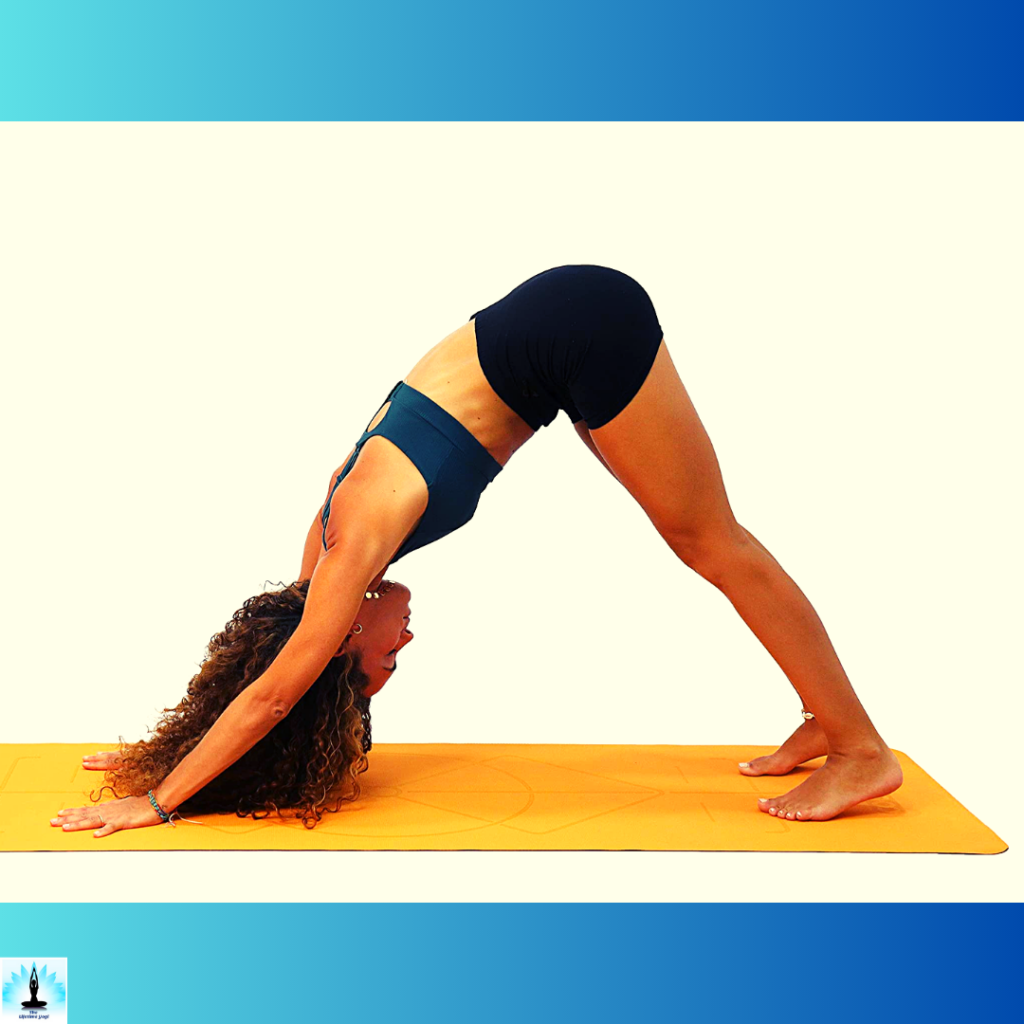
Description:
Downward-Facing Dog involves starting on your hands and knees, then lifting your hips towards the ceiling, forming an inverted V shape. Your hands are stretched out in front, and your feet are positioned hip-width apart. It’s a full-body stretch with your head pointing downward.
Benefits: Stretches the entire body, especially the spine and hamstrings. Improves circulation and relieves mild depression.
3. Warrior II (Virabhadrasana II):
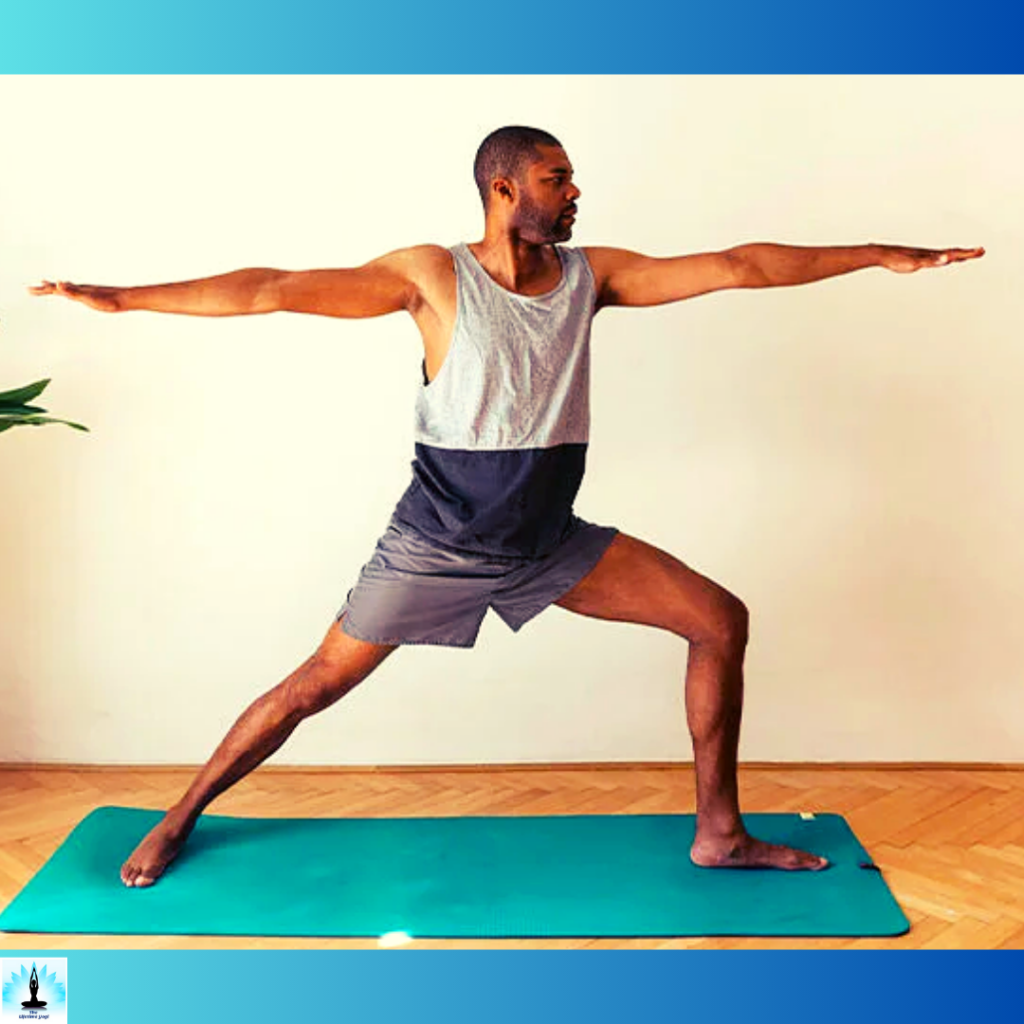
Description:
In Warrior II, you stand with your legs wide apart, one foot facing forward, and the other turned sideways. Your arms are extended parallel to the ground, creating a strong stance. It’s a pose that builds strength in the legs and promotes focus.
Benefits: Strengthens the legs and core, promoting stability. Builds focus and concentration, helping to alleviate mental fog.
4. Tree Pose (Vrikshasana):
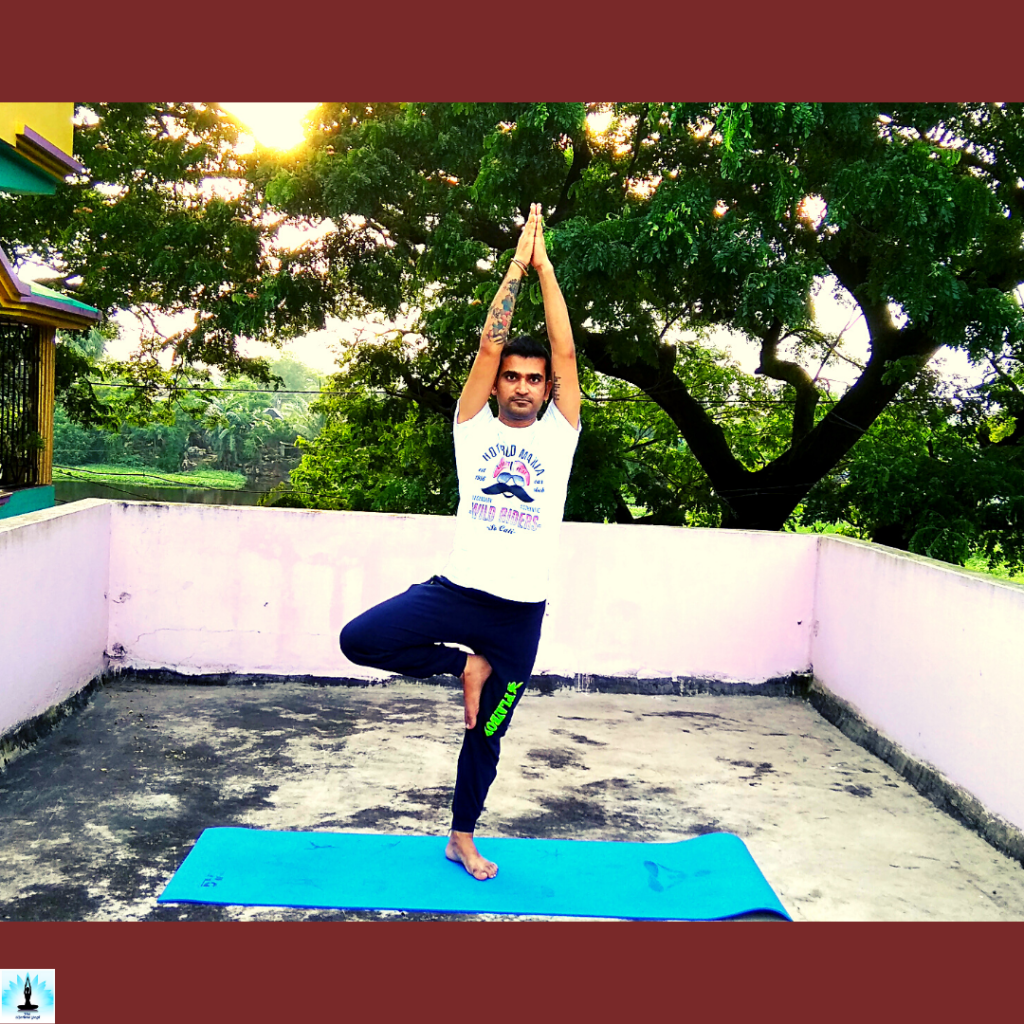
Description:
Tree Pose involves balancing on one leg while placing the sole of the other foot against the inner thigh or calf (avoiding the knee). Your hands are brought together in a prayer position in front of your chest. It’s a balancing pose that mimics the strength and stability of a tree.
Benefits: Enhances balance and concentration. Grounding pose that promotes a sense of stability and calm.
5. Bridge Pose (Setu Bandhasana):
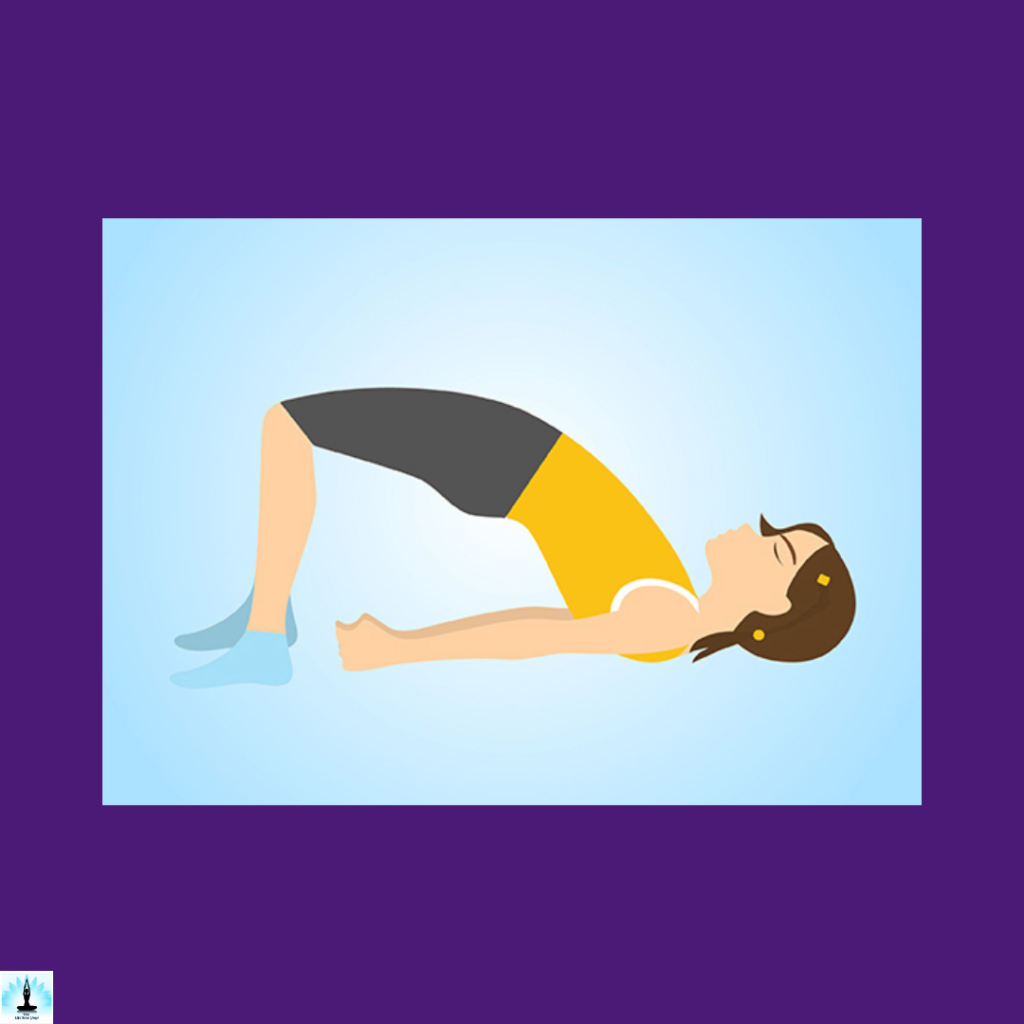
Description:
Bridge Pose is done by lying on your back, bending your knees, and lifting your hips towards the ceiling. Your arms remain on the ground, and your shoulders and feet support your weight. It’s a pose that strengthens the lower back, buttocks, and thighs.
Benefits: Strengthens the legs, buttocks, and back. Opens the chest, reducing feelings of constriction.
6. Seated Forward Bend (Paschimottanasana):
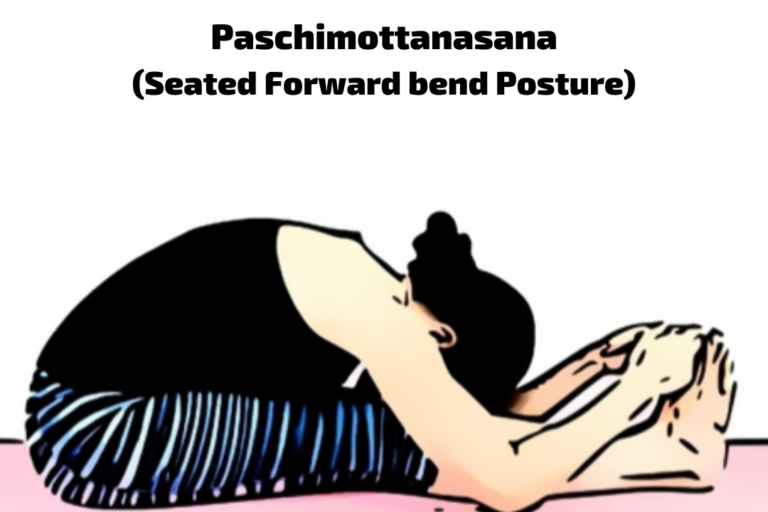
Description:
Seated Forward Bend is performed by sitting on the floor with your legs extended in front of you. You hinge at your hips and lean forward, reaching towards your toes. It’s a stretching pose that targets the spine and hamstrings, promoting relaxation.
Benefits: Stretches the spine and hamstrings. Calms the mind and relieves stress.
7. Corpse Pose (Savasana):
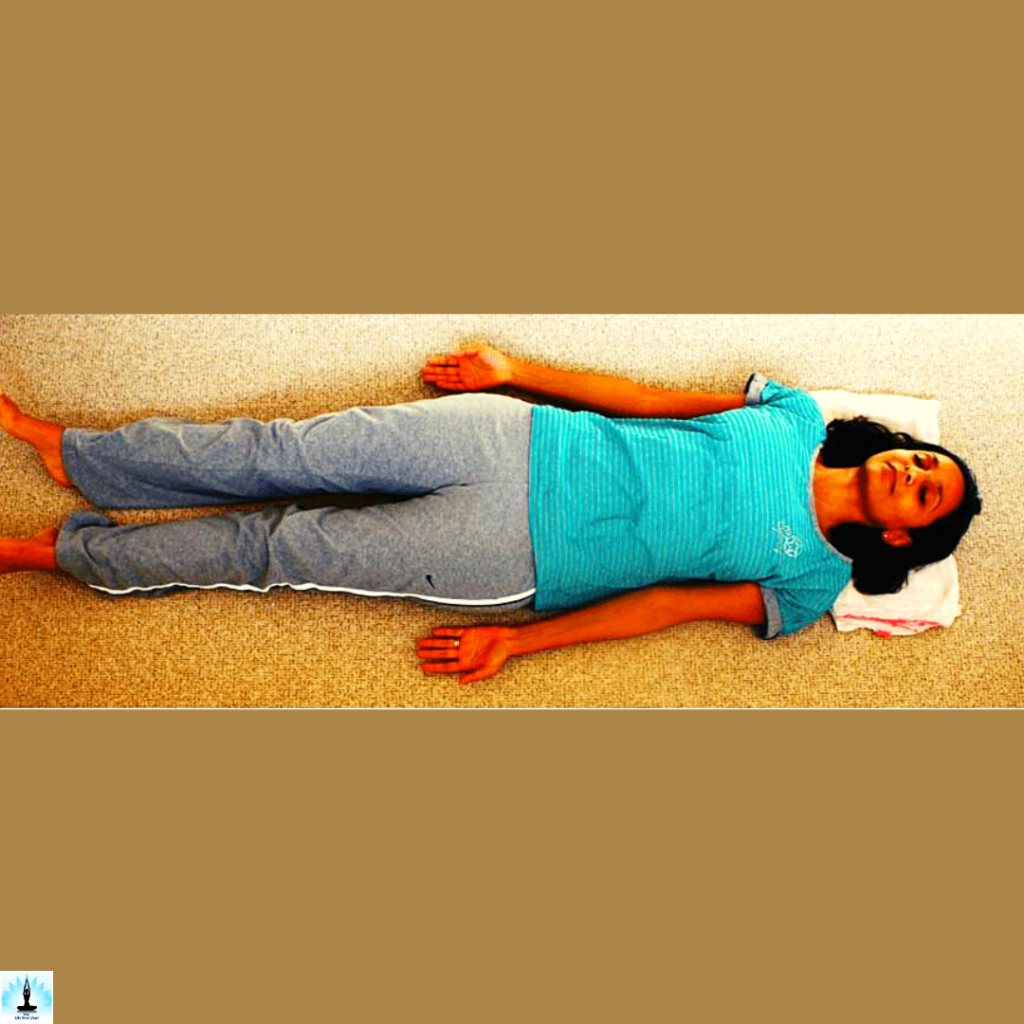
Description:
Corpse Pose involves lying flat on your back with your arms and legs extended comfortably. You close your eyes and focus on your breath. It’s a relaxation pose meant to bring a sense of calmness, allowing both the body and mind to unwind.
Benefits: Deep relaxation for the entire body. Helps in letting go of tension and promoting a peaceful mind.
FAQs on “How yoga helps with depression – 7 Yoga Poses for Depression as Daily Routine”
How does yoga help with depression?
Yoga helps with depression by combining physical postures, controlled breathing, and mindfulness to create a holistic approach that promotes relaxation, reduces stress hormones, and enhances the mind-body connection. This integrated practice contributes to improved mood and mental well-being.
What are the specific benefits of practicing yoga for depression?
Yoga offers various benefits, including the release of physical tension, improved circulation, increased production of feel-good hormones like serotonin, and the promotion of mental calmness. It also enhances focus, concentration, and emotional stability, contributing to an overall positive impact on mental health.
Can anyone practice yoga for depression, regardless of fitness level?
Yes, yoga can be adapted to different fitness levels. The poses can be modified to accommodate individual capabilities and gradually increased as strength and flexibility improve. It’s essential to listen to your body and consult with a healthcare professional if you have any health concerns.
Are these yoga poses suitable for beginners?
Yes, the provided yoga poses are beginner-friendly. They are chosen for their simplicity and effectiveness, making them accessible to individuals new to yoga. However, it’s advisable to start slowly, focus on proper form, and gradually progress as your comfort and familiarity with the poses increase.
How long should the yoga routine be practiced each day for optimal benefits?
The duration of the yoga routine can vary based on individual preferences and schedules. Starting with 15-20 minutes per day and gradually increasing the time as you become more comfortable is a reasonable approach. Consistency is key to experiencing the full benefits of the practice.
Can yoga be used as a sole treatment for depression?
Yoga is a valuable complementary approach but should not replace professional mental health care. It can be integrated into a broader treatment plan, including therapy and medication, as recommended by healthcare professionals. Always consult with your healthcare provider to determine the most suitable combination of treatments for your individual needs.
Are there any contraindications or precautions for practicing yoga for depression?
While yoga is generally safe for most people, individuals with certain health conditions or injuries may need to modify poses or avoid specific movements. It’s crucial to consult with a healthcare professional before starting any new exercise routine, especially if you have pre-existing health concerns.
Is it necessary to practice all seven yoga poses daily, or can I choose specific ones?
While practicing all seven poses daily is an effective routine, you can tailor the practice to your preferences and time constraints. Incorporating even a few of the suggested poses consistently can still yield positive results. The key is to establish a routine that is sustainable and enjoyable for you.
Can yoga help with other mental health conditions besides depression?
Yes, yoga has been shown to have positive effects on various mental health conditions, including anxiety, stress, and mood disorders. The holistic nature of yoga makes it a versatile practice that can contribute to overall mental well-being.
Is it normal to experience discomfort during certain yoga poses?
Mild discomfort is common, especially when starting a new yoga routine or trying different poses. However, pain should be avoided. If you experience persistent pain or discomfort, it’s important to modify the pose or seek guidance from a qualified yoga instructor to ensure proper form and alignment.
Can Yoga Be Practiced by Individuals of All Ages, Including Seniors?
Yes, yoga is adaptable to various age groups, including seniors. Many poses can be modified to accommodate different mobility levels. It’s recommended for seniors to choose poses that suit their comfort and physical condition, and they may benefit from the gentle nature of yoga for maintaining flexibility and balance.
Are There Any Specific Guidelines for Incorporating Mindfulness into Yoga for Depression?
Mindfulness is inherent in yoga, but you can enhance it by focusing on your breath, being present in each pose, and observing thoughts without judgment. Incorporating meditation or guided mindfulness sessions alongside your yoga practice can further deepen the mental health benefits.
Can Yoga Be Practiced at Home, Or Is It Better in A Group Setting?
Both home practice and group classes offer benefits. Practicing at home provides flexibility in scheduling, while group classes offer social support and guidance from an instructor. Choose the approach that aligns with your preferences and lifestyle.
How Soon Can One Expect to See the Effects of Yoga on Depression?
The effects of yoga on depression can vary among individuals. Some may experience immediate relief from stress, while others may notice improvements in mood and overall well-being over weeks or months. Consistency and patience are key to experiencing long-term benefits.
Are There Specific Breathing Techniques Recommended for Managing Depression Through Yoga?
Yes, incorporating deep and mindful breathing techniques, such as diaphragmatic breathing or alternate nostril breathing, can enhance the relaxation response. These techniques help regulate the nervous system, reducing stress and promoting a sense of calm.
Can Individuals with Limited Mobility or Physical Disabilities Practice Yoga for Depression?
Yes, yoga can be adapted for individuals with limited mobility or physical disabilities. Many poses can be modified, and chair yoga or gentle seated poses provide accessible options. It’s crucial to work within your comfort level and seek guidance from a knowledgeable yoga instructor.
Is It Necessary to Practice Yoga Every Day, Or Can It Be Done Less Frequently?
While daily practice can offer optimal benefits, even practicing yoga a few times a week can be beneficial. Consistency is more important than frequency, so choose a routine that aligns with your schedule and allows you to maintain a regular practice.
Can Yoga Complement Traditional Therapy and Medication for Depression?
Absolutely. Yoga can be an excellent complement to traditional therapies and medications for depression. It can enhance the overall treatment plan by addressing physical tension, promoting relaxation, and contributing to a positive mindset. However, it’s essential to coordinate with your healthcare provider to ensure a comprehensive approach.
Are There Any Specific Dietary Recommendations to Support Yoga Practice for Depression?
While there are no specific dietary requirements for yoga, maintaining a balanced and nutritious diet can support overall well-being, including mental health. Eating foods rich in nutrients, staying hydrated, and avoiding excessive caffeine or sugar can positively impact your energy levels and mood.
Can Children and Teenagers Benefit from Yoga for Depression?
Yes, yoga can be beneficial for children and teenagers dealing with stress or symptoms of depression. Modified poses and age-appropriate practices can help them build resilience, manage emotions, and improve overall mental well-being. It’s advisable to introduce yoga in a supportive and engaging manner, perhaps through child-friendly classes or family sessions.
Conclusion
Incorporating yoga into a daily routine can be a powerful tool in the holistic approach to managing depression. The mind-body connection, stress reduction, release of tension, and the increase in feel-good hormones contribute to an overall improvement in mental health. By practicing the seven yoga poses outlined above, individuals can embark on a journey towards healing and well-being. As with any exercise regimen, it’s important to consult with a healthcare professional before starting a new routine, especially for those with pre-existing health conditions. Remember, yoga is not a substitute for professional mental health care but can be a valuable complement in the pursuit of emotional balance and stability.
References
- https://dst.gov.in/researchers-find-therapeutic-effects-yoga-depression
- https://www.ncbi.nlm.nih.gov/pmc/articles/PMC5871291/
- https://www.ncbi.nlm.nih.gov/pmc/articles/PMC3293477/
- https://www.artofliving.org/in-en/yoga/yoga-sequences-for/help-overcome-depression
- https://www.sciencedirect.com/science/article/pii/S0975947623000839
- Nyer MB, et al. (2023). A randomized controlled trial of community-delivered heated hatha yoga for moderate-to-severe depression. https://pubmed.ncbi.nlm.nih.gov/37883245/Trusted Source
- O’Shea M, et al. (2022). A pragmatic preference trial of therapeutic yoga as an adjunct to group cognitive behaviour therapy versus group CBT alone for depression and anxiety. https://pubmed.ncbi.nlm.nih.gov/35301041/Trusted Source
- Paul-Savoie E, et al. (2011). A deficit in peripheral serotonin levels in major depressive disorder but not in chronic widespread pain. https://pubmed.ncbi.nlm.nih.gov/21415718/Trusted Source Turner, M. Personal interview. 2013.
- Yoga: What you need to know. (2023). https://www.nccih.nih.gov/health/yoga-what-you-need-to-know
